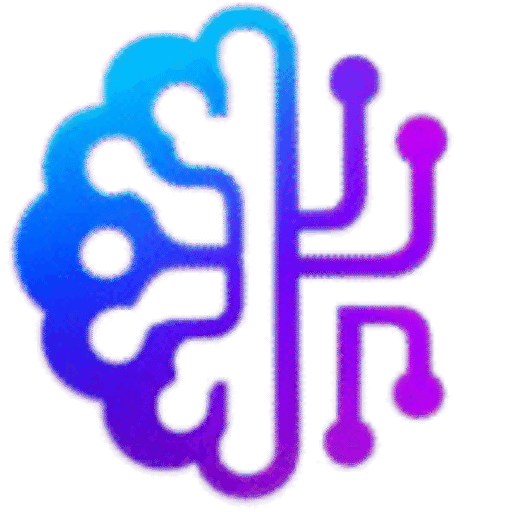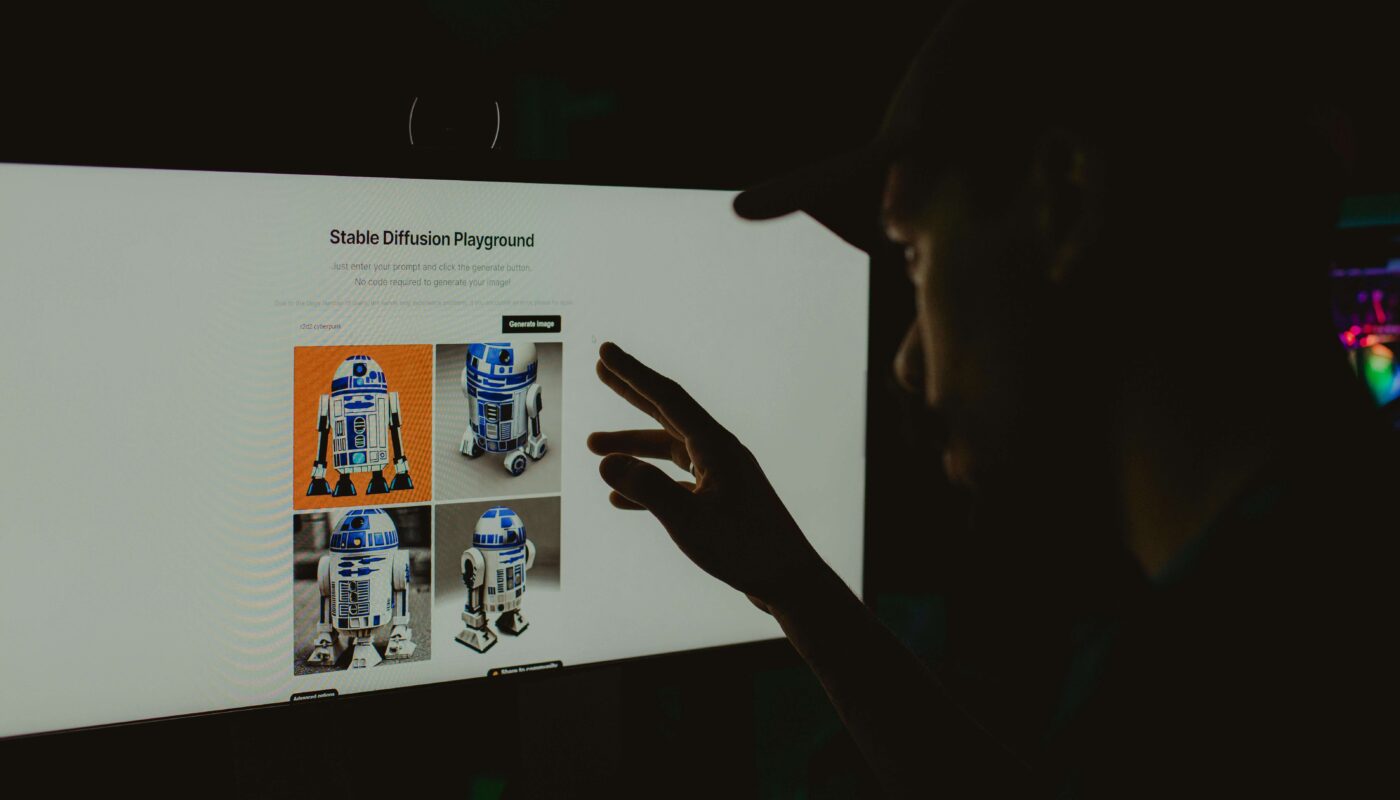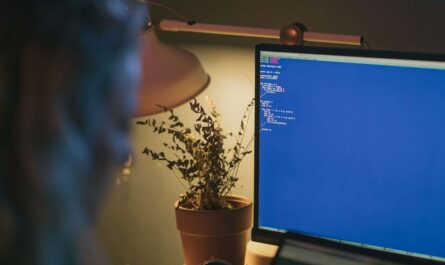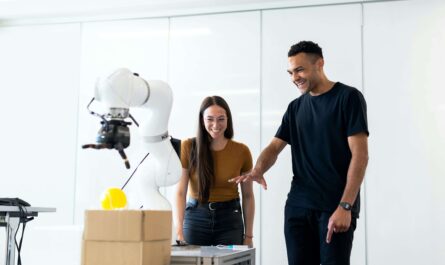How to Use AI to Design Promotional Assets
In the fast-paced digital world, businesses are constantly seeking innovative ways to capture attention, engage their audience, and stand out from competitors. One of the most effective strategies to achieve this is through promotional assets—visuals, graphics, videos, and content pieces designed to promote products, services, or brands. Traditionally, creating promotional assets required significant time, design expertise, and budget. But with the rise of Artificial Intelligence (AI), businesses and creators now have powerful tools that simplify, accelerate, and enhance the design process.
This guide will explore in detail how to use AI to design promotional assets. We’ll cover the benefits, the tools you can use, step-by-step workflows, best practices, and strategies to ensure your promotional assets are engaging, professional, and optimized for your target audience.
Table of Contents
- Introduction to AI in Promotional Design
- Why Use AI for Designing Promotional Assets?
- Types of Promotional Assets You Can Create with AI
- Popular AI Tools for Designing Promotional Assets
- Step-by-Step Guide to Designing Promotional Assets with AI
- Best Practices for AI-Generated Assets
- Challenges and Limitations of AI in Design
- Case Studies: Successful Use of AI in Promotional Campaigns
- Future of AI in Promotional Asset Design
- Conclusion
1. Introduction to AI in Promotional Design
Artificial Intelligence (AI) is reshaping industries worldwide, and the design space is no exception. From logos and banners to social media posts, presentations, and even video ads, AI-powered tools can now create professional-grade promotional assets in minutes.
Unlike traditional methods, where you’d need skilled graphic designers and creative teams, AI solutions allow marketers, entrepreneurs, and small businesses to generate visuals effortlessly. By simply providing prompts, brand guidelines, or campaign details, AI can suggest and create promotional assets tailored to your goals.
For instance, AI can generate:
- Social media graphics with your brand logo.
- Animated promotional videos for new product launches.
- Posters, flyers, and brochures.
- Custom backgrounds, typography, and stock images.
This not only saves time but also enables smaller businesses with limited budgets to compete with big brands.
2. Why Use AI for Designing Promotional Assets?
The shift towards AI-powered promotional design is driven by several factors:
a. Cost-Effectiveness:
Hiring a professional design team can be expensive. AI tools offer affordable subscriptions or even free versions, reducing overhead costs.
b. Time Efficiency:
What once took hours or even days can now be accomplished in minutes. AI tools automate repetitive tasks, speeding up the creation process.
c. Creativity Boost:
AI can generate multiple variations of the same asset, offering fresh creative ideas you may not have considered.
d. Accessibility:
You don’t need advanced design skills to use AI design platforms. Most tools are user-friendly with drag-and-drop interfaces.
e. Scalability:
Need dozens of social media posts for a campaign? AI can produce bulk designs with consistent branding across platforms.
f. Personalization:
AI tools can analyze audience data and generate assets personalized to specific demographics, enhancing engagement.
3. Types of Promotional Assets You Can Create with AI
AI opens the door to a wide variety of promotional materials. Here are the most common types:
a. Social Media Posts:
Create engaging posts for Instagram, Facebook, LinkedIn, and TikTok, complete with visuals, captions, and hashtags.
b. Ad Banners:
Design static or animated banners for Google Ads, social media campaigns, or website promotions.
c. Product Mockups:
Generate realistic 3D product images and packaging visuals.
d. Videos and Animations:
Use AI video tools to produce promotional videos, explainer videos, or ads with stock footage, AI-generated voices, and animations.
e. Email Marketing Assets:
AI can help design attractive email headers, infographics, and call-to-action visuals.
f. Print Media:
Design posters, flyers, brochures, and event banners using AI templates.
g. Presentations and Pitch Decks:
AI can generate branded slide decks for business pitches or product launches.
h. Web and App Graphics:
Create UI/UX design elements, icons, and banners tailored for digital platforms.
4. Popular AI Tools for Designing Promotional Assets
Here are some widely used AI tools for promotional asset creation:
a. Canva (AI Features):
- AI-powered templates for social media, presentations, and print.
- Magic Design generates visuals from text prompts.
b. Adobe Firefly:
- Text-to-image AI for high-quality graphics.
- Integrated into Photoshop and Illustrator.
c. Figma + AI Plugins:
- For UI/UX designs.
- AI-driven layouts, icons, and wireframes.
d. Lumen5:
- Converts blog posts into engaging promotional videos.
- AI-powered video editing.
e. Designs.ai:
- Creates logos, banners, videos, and voiceovers.
- Quick branding kits for startups.
f. Runway ML:
- AI for video editing and creative storytelling.
g. Visme:
- Infographics, data visuals, and branded presentations.
h. Looka:
- AI-powered logo and brand identity tool.
These tools make it possible for anyone to generate high-quality assets without deep technical knowledge.
5. Step-by-Step Guide to Designing Promotional Assets with AI
Now, let’s walk through a practical workflow for using AI to design promotional assets.
Step 1: Define Your Objective:
Ask yourself:
- What is the purpose of this asset? (e.g., product launch, awareness, engagement)
- Who is the target audience?
- Which platform will it be used on?
Step 2: Choose the Right AI Tool:
Select a tool that fits your needs. For instance:
- Canva for social media posts.
- Lumen5 for video ads.
- Designs.ai for logos and branding.
Step 3: Provide Input/Prompt:
Most AI tools require:
- Text prompt or campaign details.
- Brand guidelines (colors, logos, fonts).
- Example visuals (optional).
Step 4: Generate Asset Variations:
AI tools typically produce multiple outputs. Review and shortlist the best designs.
Step 5: Customize & Edit:
Fine-tune layouts, colors, and text. Ensure the final design aligns with your brand voice.
Step 6: Optimize for Platform:
Different platforms require different dimensions. Use AI tools that automatically resize visuals for Instagram, Facebook, or LinkedIn.
Step 7: Test & Iterate:
Run A/B tests with multiple variations of your asset to see which performs best.
Step 8: Export & Publish:
Export the final asset in the required format (PNG, MP4, PDF, etc.) and integrate it into your promotional campaign.
6. Best Practices for AI-Generated Assets
To maximize results, follow these best practices:
- Keep Branding Consistent – Always apply brand fonts, colors, and tone across all assets.
- Avoid Over-Reliance – Use AI as a creative assistant, but add human input for authenticity.
- Prioritize Quality – Ensure images are high-resolution and videos are polished before publishing.
- Personalize Content – Tailor designs to specific customer segments.
- Check Copyright Issues – Ensure generated assets don’t infringe on copyrighted materials.
- Maintain Human Creativity – Use AI as a tool, but ensure your unique brand voice shines through.
7. Challenges and Limitations of AI in Design
While AI is powerful, it’s not flawless. Some challenges include:
- Lack of Originality: AI often generates designs based on existing data, which may lead to generic visuals.
- Quality Variations: Not all AI outputs are professional-grade; manual editing is often required.
- Ethical Concerns: Misuse of AI-generated content can lead to misinformation or copyright disputes.
- Dependence on Prompts: Poorly written prompts lead to irrelevant or low-quality designs.
- Limited Emotional Creativity: AI can’t fully replicate human intuition, storytelling, or emotional depth.
8. Case Studies: Successful Use of AI in Promotional Campaigns
Case Study 1: Small Business Social Media Growth
A startup used Canva’s AI tools to generate daily social media posts. Within three months, engagement increased by 40% due to consistent, eye-catching designs.
Case Study 2: E-Commerce Ad Campaign:
An online store used Designs.ai to create product mockups and Google ad banners. This saved them weeks of design time and improved ad CTR by 25%.
Case Study 3: Influencer Marketing Video:
A lifestyle influencer used Lumen5 to turn blog content into engaging video reels. The AI-driven visuals boosted follower engagement and sponsorship deals.
9. Future of AI in Promotional Asset Design
AI’s role in design is only going to grow. In the future, we can expect:
- More Realism: Ultra-realistic AI-generated product mockups.
- Voice & Avatar Integration: AI avatars delivering video ads.
- Predictive Design: AI analyzing campaign data and suggesting design improvements before publishing.
- Full Automation: Campaigns where AI handles everything—from concept creation to publishing and analytics.
Businesses that embrace AI early will have a competitive edge in creativity, cost efficiency, and speed.
10. Conclusion
AI has revolutionized the way we design promotional assets. From social media graphics to videos and product mockups, AI tools make it possible for anyone to create professional, high-quality assets at a fraction of the cost and time.
The key to success lies in combining AI’s efficiency with human creativity. By leveraging the strengths of both, you can design assets that are not only visually appealing but also emotionally engaging and strategically aligned with your brand.
In today’s digital landscape, where attention spans are shrinking and competition is rising, AI-powered promotional assets can help your brand stand out and thrive.





